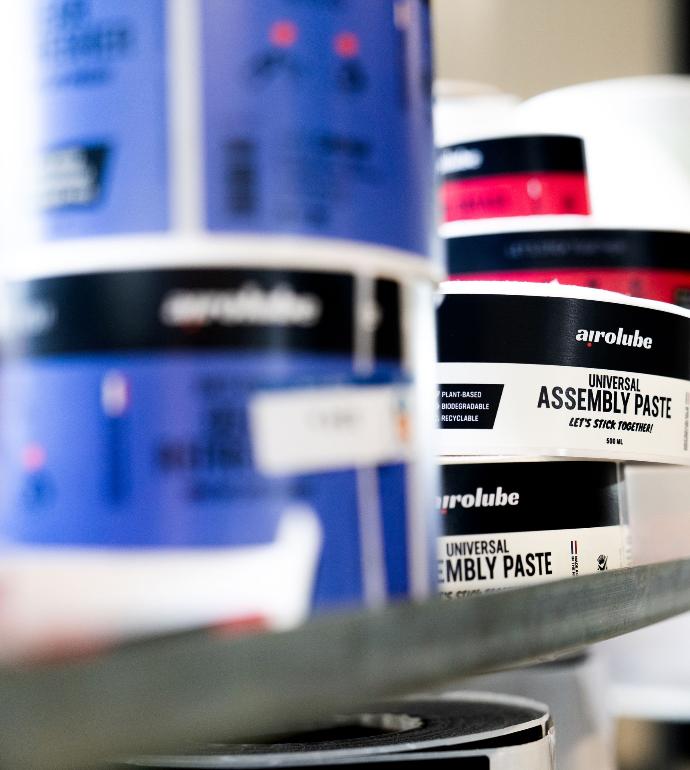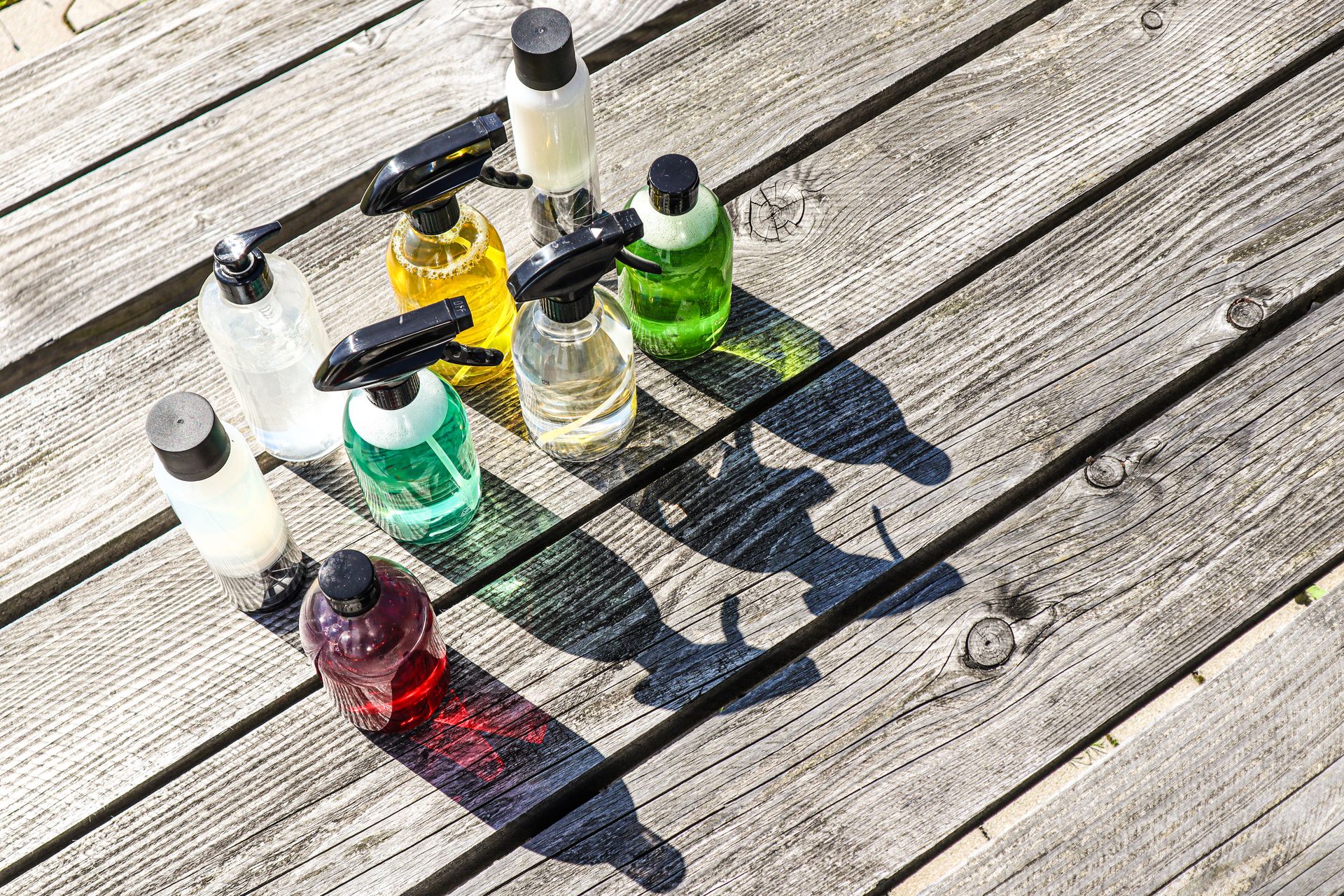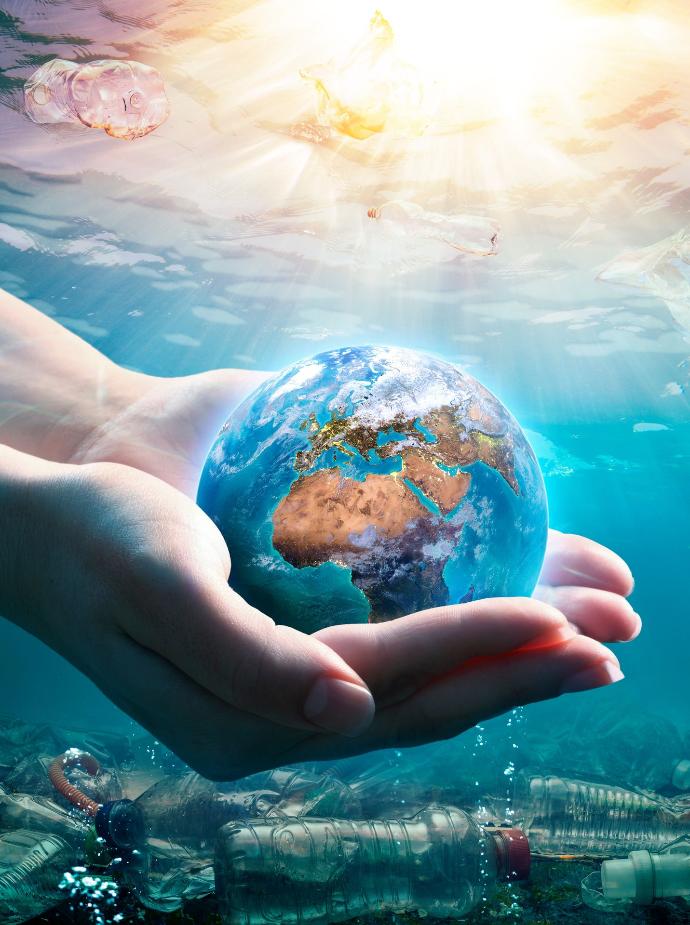When we talk about cleaning up the environment, we often address two crucial issues: reducing CO2 emissions and shrinking the waste pile, often referred to in one word as the Plastic Soup in the ocean. Plastic material is thus seen as a significant threat to our environment and sustainability.
However, at Airolube, you'll find many materials made of plastic. But why? This question has been coming up more frequently in recent weeks. Therefore, we want to provide background information so that you can give us valuable feedback.
WHAT IS PLASTIC?
Plastic is a synthetic material formed through a lengthy chemical process. This process imparts some very useful properties to the material, including flexibility, moldability, and durability. Durability, because plastics last a long time and are difficult to break. In itself, not a bad thing. However, plastics are also used in packaging, fillers, toys, pipes, foam cups, disposable cups, and much more. And here lies the problem with plastic. Additionally, the majority of plastic is still derived from petroleum, one of the primary raw materials. This, too, poses a problem with plastic.
NOT PLASTIC, BUT OVERCONSUMPTION IS THE PROBLEM
Plastic itself is not such a strange material. It's about using it correctly. But, as we mentioned, plastic is present in many different products, too many, resulting in about 300 million kilograms of plastic being discarded annually. And despite its sustainable properties, such as being difficult to break down, this poses problems.
That's why at Airolube, we also carefully consider where we want to use plastic and where not. We must further reduce the overconsumption of plastic and use renewable plastics. Currently, numerous projects are working on creating plant-based plastics, good initiatives to make plastic free of petroleum in the future. Airolube is increasingly using R-PET, recycled plastic bottles. As of January 1st, we are transitioning to labels made from recycled plastic. But we are not completely banning the use of plastic.
WOOD VS. PLASTIC
As we increasingly say no to plastic globally, we need alternatives for products. Plastic straws became paper, plastic cups became paper, plastic fry containers became paper, plastic shelves become wood, plastic toys become wood. Filling materials become paper and cardboard. Plastic brushes become wooden brushes, and so on. The human alternative to plastic is wood. But how sustainable is wood?
Trees regulate the CO2 in the air. The more trees in certain areas, the less CO2 in the air. Trees are our natural filters. One of the significant reasons for the global increase in CO2 emissions is attributed to deforestation. The cause of deforestation is overconsumption. If we then stop using plastic and switch to wood-like products such as paper, cardboard, and wood itself, we contribute to further deforestation.
IT'S ALL ABOUT BALANCE!
In our view, reuse should be central in material choices. Paper, cardboard, and plastics are all perfectly reusable. That's why we choose to use these materials. A good balance between the use of wood and plastics is the most sustainable choice. Plastic, designed to last a long time, such as our shelves, buckets, and brushes, combined with recyclable or recycled materials like paper in our communication, packaging, etc. All of this, along with promoting reuse, should reduce the plastic soup in the oceans, help prevent deforestation, and restore the natural balance in the world.
So, what do you say? Should we continue using plastics, or should we all say goodbye to plastic? We are genuinely curious about your standpoint!




